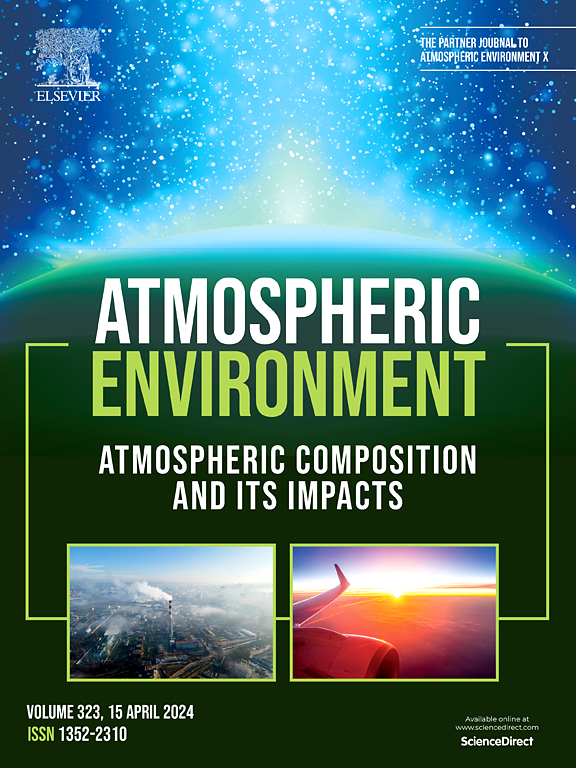Quantifying natural emissions and their impacts on air quality in a 2050s Australia
IF 4.2
2区 环境科学与生态学
Q2 ENVIRONMENTAL SCIENCES
引用次数: 0
Abstract
Biogenic hydrocarbons, sea salt and dust emissions are driven by meteorological variables, which will change in a future climate. Natural emissions can dominate air quality in Australia, particularly when high biogenic activity promotes smog formation in summer. Therefore, quantifying how natural emissions might change is important. This study uses 4 downscaled Global Climate Models (GCMs) under 2 shared socioeconomic pathways in the 2050s to drive natural emissions at 20 km spatial resolution in the CSIRO Chemical Transport Model. Changes in air quality parameters were calculated by comparing each 5-year future run to a 5-year run from the current period. Higher urban air mass stagnancy was predicted in winter. When combined with lower rainfall increased particle residence time is expected. By contrast, higher ventilation indices were predicted in summer. Higher wind speeds in the ocean facilitated additional sea salt emissions. As Australian cities are largely coastal, sea salt contributed ∼35% of the1-2 μg m−3 extra coarse particulate matter predicted. Peak summertime isoprene emissions are set to double in 2050, by 3–4 mg m−2 h−1 in eastern Australia. This produced 3–6 ppb additional ozone in Australian cities already at air quality limits. Monoterpene emissions increased in 2050, but cooler night-time minimum temperatures led to decreased emissions in some GCMs. A reduced summertime oxidant capacity in Australian cities is likely driven by higher biogenic emissions. The lifetime of methane will increase by half a year in response, causing a warming feedback warranting further study using models with free running oxidant schemes.

求助全文
约1分钟内获得全文
求助全文
来源期刊

Atmospheric Environment
环境科学-环境科学
CiteScore
9.40
自引率
8.00%
发文量
458
审稿时长
53 days
期刊介绍:
Atmospheric Environment has an open access mirror journal Atmospheric Environment: X, sharing the same aims and scope, editorial team, submission system and rigorous peer review.
Atmospheric Environment is the international journal for scientists in different disciplines related to atmospheric composition and its impacts. The journal publishes scientific articles with atmospheric relevance of emissions and depositions of gaseous and particulate compounds, chemical processes and physical effects in the atmosphere, as well as impacts of the changing atmospheric composition on human health, air quality, climate change, and ecosystems.
 求助内容:
求助内容: 应助结果提醒方式:
应助结果提醒方式:


